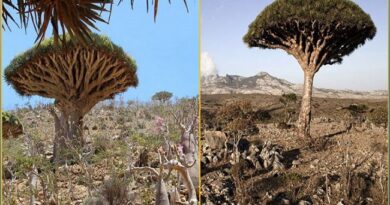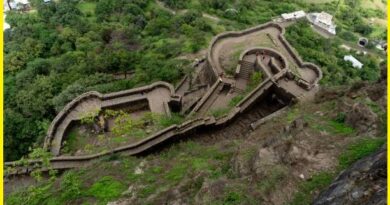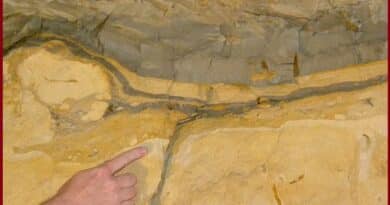Begg Rock: A Natural Wonder off California’s Coast
Begg Rock
Begg Rock, near San Nicolas Island, is a small volcanic protrusion rising approximately 5 meters above the waterline amidst otherwise deep waters. It is surrounded by a reef extending northward and southward for about 91 meters each. Located 12 km. northwest of the western point of San Nicolas Island, Begg Rock is visible for roughly 16 km. under clear weather and calm seas. It poses a navigational hazard and is marked by a whistle buoy. Begg Rock was named by the Coast Survey after the ship John Begg, which struck a nearby rock in 1824. Despite the mishap, the vessel was successfully freed from the rock, repaired, and continued to serve until 1849. The entire area is encompassed within Begg Rock State Marine Reserve.
Begg Rock descends nearly vertically beneath the surface. It features multiple pinnacles, some always above water and others exposed only at low tide. The rock walls are adorned with filter-feeding organisms like mussels, green anemones, and pisaster starfish. Below 12 meters, extensive areas are populated with brightly colored Corynactis anemones. Deeper than approximately 21 meters, patches of white Metridium anemones can be found. Historically renowned for its large rock scallops, which were overexploited by hunters, Begg Rock State Marine Reserve now prohibits any extraction activities. The State Marine Reserve Encompassing an area of 98.3 km2, this marine protected area prohibits the extraction of all living marine resources.

History
Begg Rock, an offshore pinnacle system, is situated 14.2 km northwest of Vizcaino Point, the western tip of San Nicolas Island, California. Rising from the ocean floor by 91 m, its tallest pinnacle reaches 4.6 m above sea level. A reef extends north and south of the island for over 91 m each. A lighted whistle buoy marks a point 460 m north of the rock.
Also Read- Best Things to Do in Palm Spring California
Begg Rock State Marine Reserve is part of a network of 36 new marine protected areas introduced under the Marine Life Protection Act Initiative. This initiative involved collaboration among local divers, fishermen, conservationists, and scientists who formed the South Coast Regional Stakeholder Group. Their objective was to create a comprehensive system of protected areas along California’s coastline to safeguard sensitive marine life and habitats, while also promoting recreational, educational, and research opportunities.
Geology
Marine sedimentary rocks of Cretaceous, Paleocene, Eocene, and Miocene age crop out on San Nicolas Island where they attain a total thickness of approximately 20,000 feet. Intrusive igneous rocks of the Miocene age cut the older sedimentary rocks, and volcanic breccias and flows are interbedded with the Miocene sedimentary rocks on San Nicolas island with volcanic rocks of the Miocene age. Sedimentary rocks of Cretaceous age occur in the subsurface on Santa Cruz Island, and it is on this island that the only metamorphic rocks in the northern group are exposed.



